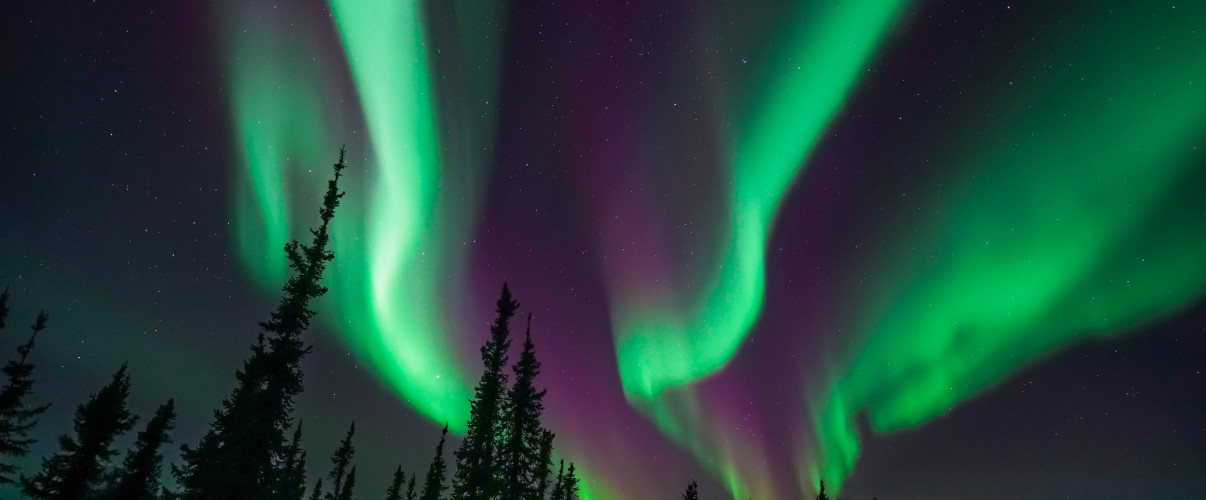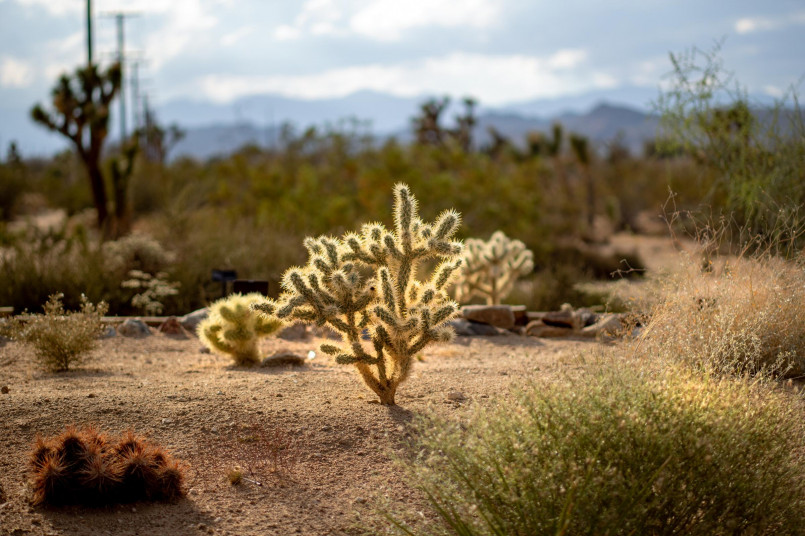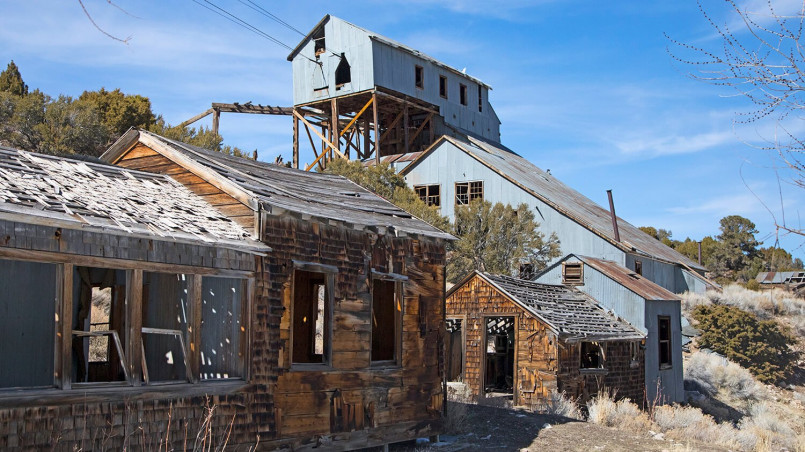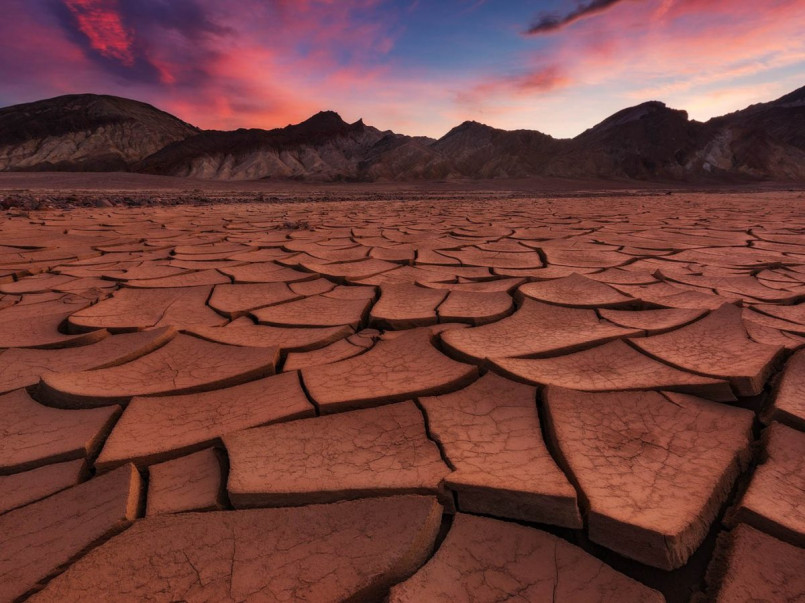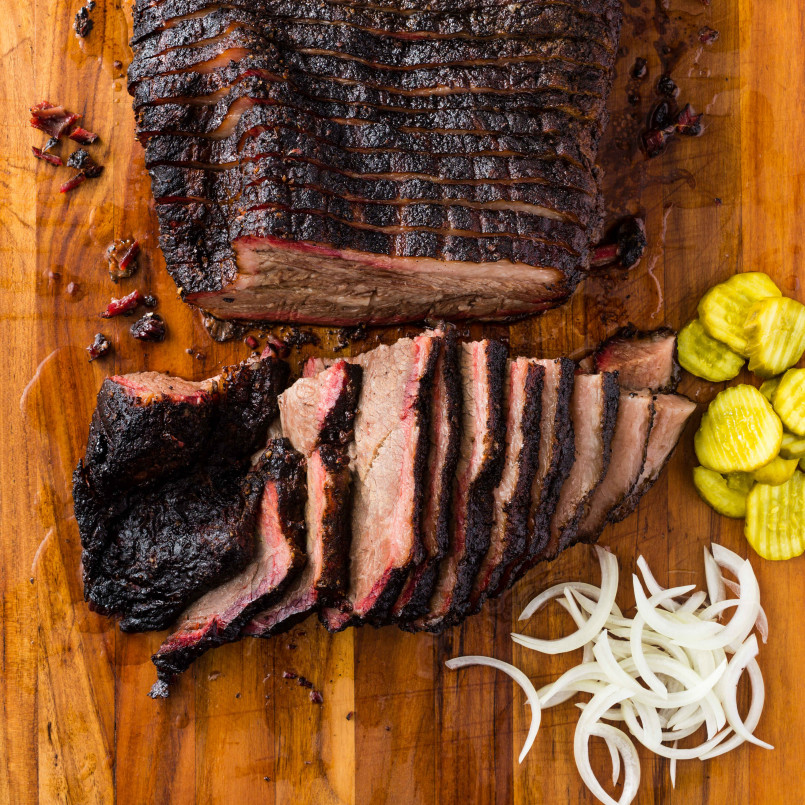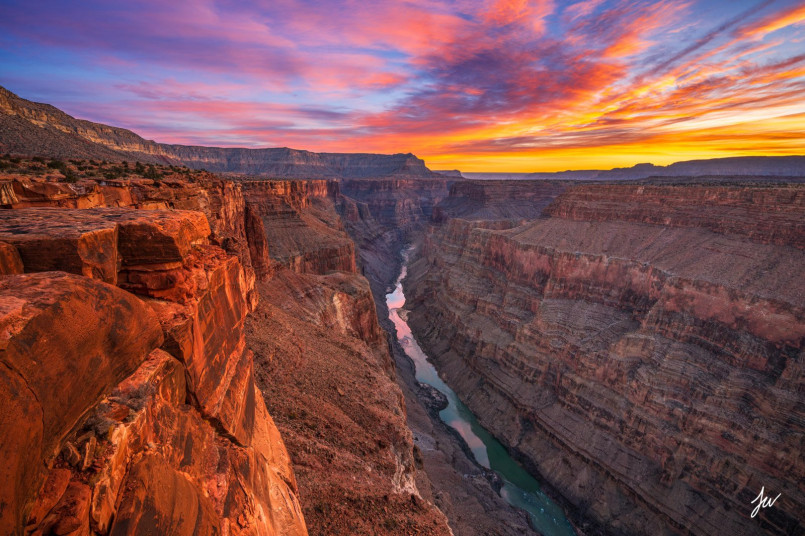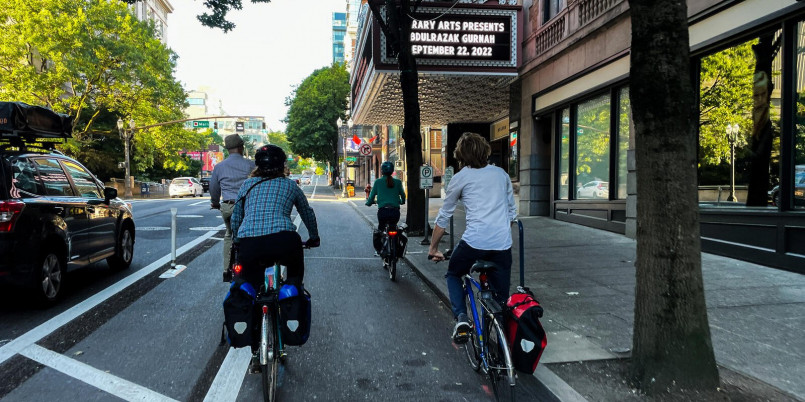The Northern Lights, or Aurora Borealis, aren't just visible in Iceland or Norway. Several locations across the United States offer spectacular opportunities to witness this breathtaking natural phenomenon, with Alaska, Minnesota, and other northern states providing prime viewing spots during peak season.
The Northern Lights, or Aurora Borealis, create one of nature's most spectacular displays as they paint the night sky with swirling colors. While many travelers journey to Scandinavian countries to witness this phenomenon, you don't need a passport to experience this breathtaking light show. The United States offers several prime locations where you can witness the dancing lights of the aurora.
This celestial display occurs when charged particles from the sun collide with gases in Earth's atmosphere, creating luminous scenes of green, pink, purple, and blue hues. For Americans looking to experience this natural wonder without international travel, several destinations provide excellent viewing opportunities with the right conditions and timing.
Understanding the Northern Lights
The Northern Lights appear when solar particles interact with Earth's magnetic field and atmosphere. These charged particles, primarily electrons and protons, are ejected from the sun during solar flares and carried by solar wind to our planet. When they reach Earth, they follow the magnetic field lines toward the poles.
The colors you see depend on which atmospheric gases the particles collide with and at what altitude. Green displays, the most common, result from oxygen molecules about 60 miles up, while rare red auroras come from oxygen at higher altitudes. Purple, blue, and pink hues typically involve nitrogen.
The intensity of aurora displays is measured on the Kp-index, a scale from 0-9 that indicates geomagnetic activity. Generally, you'll need a Kp-index of 5 or higher to see auroras in the continental United States, while Alaska might display auroras at a Kp-index of 2 or 3.

Best Locations: Alaska
Alaska stands as the premier destination for viewing the Northern Lights in the United States. Its northern latitude and minimal light pollution create ideal conditions for aurora spotting.
Fairbanks
Fairbanks is widely considered the best place in America to see the Northern Lights. Located directly under the "aurora oval" (the zone of highest aurora activity), the city experiences auroras on over 200 nights per year. Popular viewing spots include:
- Chena Hot Springs Resort: Combine aurora viewing with a soak in natural hot springs
- Murphy Dome: An elevated area with panoramic views of the surrounding landscape
- Cleary Summit: A convenient viewing spot just 20 miles from downtown Fairbanks
Many hotels in Fairbanks offer aurora wake-up calls, alerting guests when the lights appear so you don't miss the show.
Denali National Park
The vast, unspoiled wilderness of Denali National Park offers spectacular aurora viewing opportunities with virtually no light pollution. The park's mountains and lakes create stunning foreground elements for both the visual experience and photography.
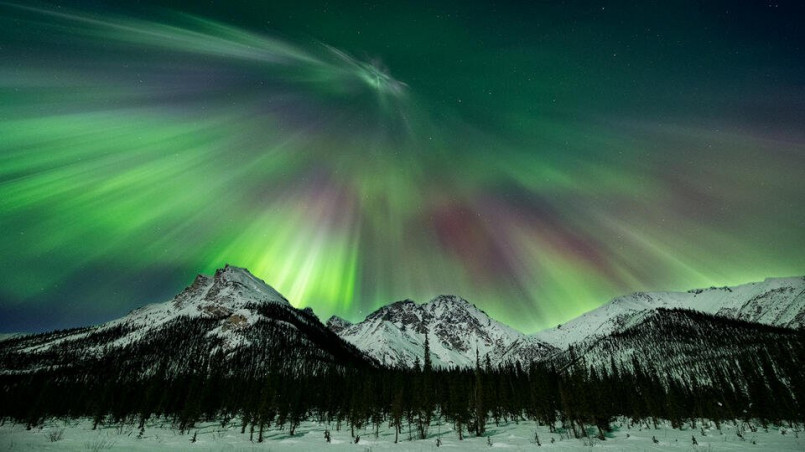
Anchorage
While Anchorage has more light pollution than other Alaskan locations, you can still see impressive aurora displays within a short drive from Alaska's largest city. Popular viewing spots include:
- Flattop Mountain: A short drive and moderate hike reward viewers with excellent aurora perspectives
- Point Woronzof: Offers views over Cook Inlet with potential for auroras reflecting on water
- Glen Alps: Elevated viewpoint providing distance from city lights
Northern Lights Viewing Spots in the Mainland
Though less reliable than Alaska, several locations in the contiguous United States offer opportunities to witness the aurora borealis, particularly during stronger geomagnetic storms.
Minnesota
Northern Minnesota ranks among the best mainland US locations for aurora viewing, thanks to its northerly latitude and areas of minimal light pollution.
- Cook County and Grand Marais: The shoreline of Lake Superior provides unobstructed northern views
- Voyageurs National Park: A designated dark sky park perfect for stargazing and aurora spotting
- Boundary Waters Canoe Area Wilderness: Offers pristine skies and lake reflections that double the visual impact
Michigan's Upper Peninsula
The Upper Peninsula combines northern latitude with minimal development, creating excellent viewing conditions. Key locations include:
- Headlands International Dark Sky Park: Located near Mackinaw City with dedicated aurora viewing areas
- Pictured Rocks National Lakeshore: The shoreline offers unobstructed views north over Lake Superior
- Copper Harbor: The northernmost point in Michigan provides excellent aurora perspectives
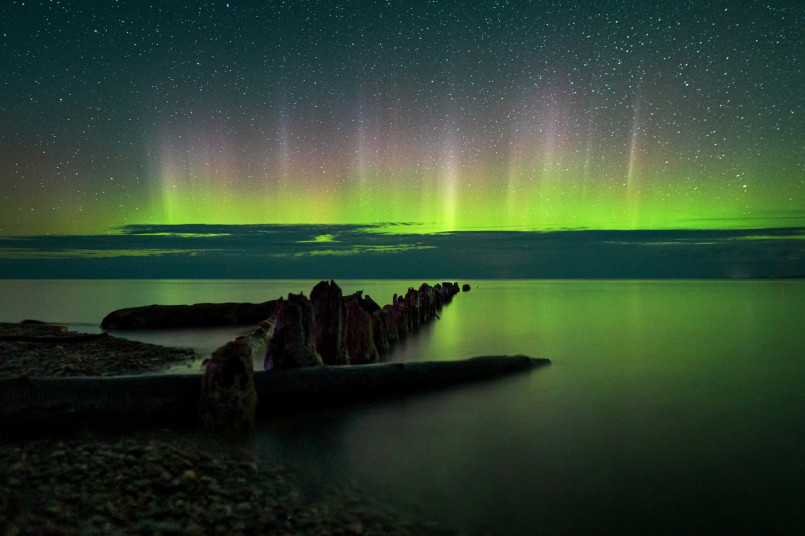
Other Mainland Viewing Locations
During strong geomagnetic storms (Kp-index 6+), the Northern Lights can be visible much further south. Additional potential viewing locations include:
- Maine: Particularly Aroostook County and coastal areas with northern views
- North Dakota: Theodore Roosevelt National Park and other remote areas
- Washington State: San Juan Islands and Olympic Peninsula
- Montana: Glacier National Park offers spectacular foreground scenery
- Idaho: Priest Lake and the Panhandle region
Best Time to See the Northern Lights
Timing is crucial for successful aurora viewing in the United States. Several factors determine your chances of witnessing this spectacular phenomenon.
Seasonal Considerations
The best viewing seasons vary by location:
- Alaska: Late August through April, with peak viewing from September to March
- Continental US: Late fall through early spring (September to March)
Summer viewing is challenging in Alaska due to the midnight sun phenomenon, where daylight persists through most or all of the night. In places like Fairbanks, the summer sky never gets dark enough to see the aurora from mid-May through early August.
Solar Cycle Influence
The sun operates on an approximately 11-year solar cycle, with periods of higher and lower solar activity. Years with more solar activity (solar maximum) produce more frequent and intense auroras visible at lower latitudes. The current solar cycle is expected to peak around 2024-2025, making this an excellent period for aurora hunting across the US.
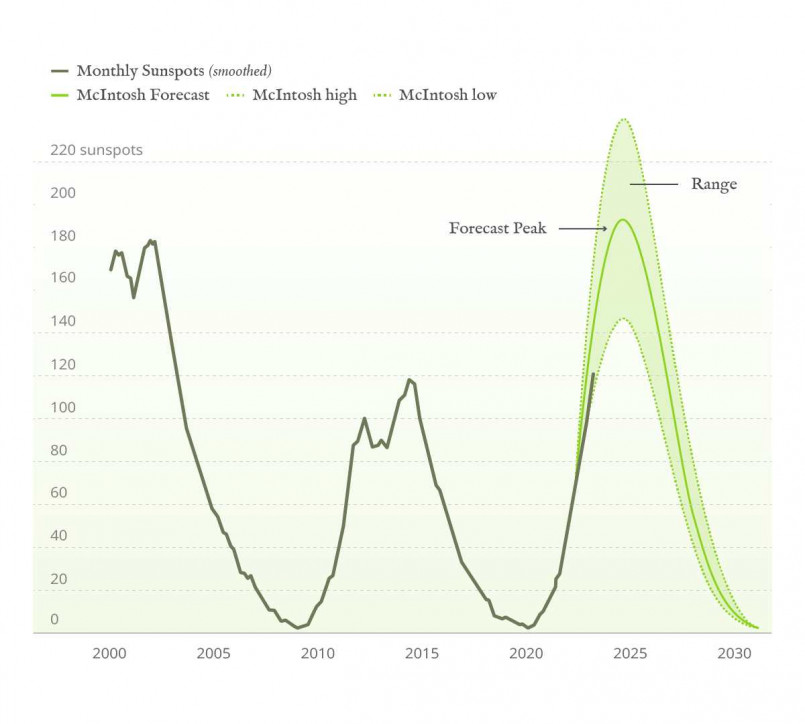
Time of Night
The optimal viewing hours typically fall between 10 PM and 2 AM local time, though auroras can appear any time during dark hours. Magnetic midnight (when your location is aligned with the sun on the opposite side of Earth) often sees peak aurora activity, typically falling around 10 PM to midnight depending on your location.
Photography Tips for Capturing the Aurora
Photographing the Northern Lights requires specific techniques and equipment to capture their ethereal beauty successfully.
Essential Equipment
- Camera: A DSLR or mirrorless camera with manual settings capabilities
- Lens: A wide-angle lens with fast aperture (f/2.8 or wider)
- Tripod: Essential for the long exposures needed
- Extra batteries: Cold temperatures drain batteries quickly
- Remote shutter release: Helps prevent camera shake
Camera Settings
Start with these settings and adjust as needed:
- Mode: Manual
- Format: RAW for maximum editing flexibility
- Aperture: As wide as possible (f/2.8 or lower)
- Shutter speed: 5-15 seconds (shorter for bright, active auroras; longer for fainter displays)
- ISO: Start at 1600 and adjust based on conditions
- Focus: Manual focus set to infinity (∞)
Remember to turn off image stabilization when using a tripod and consider using your camera's noise reduction feature for long exposures.
Planning Your Northern Lights Trip
Successful aurora viewing requires careful planning and realistic expectations. These tips will help maximize your chances of witnessing this natural spectacle.
Aurora Forecasting Tools
Several resources can help predict aurora activity:
- NOAA's Space Weather Prediction Center: Provides 3-day aurora forecasts
- Aurora Forecast apps: Apps like "My Aurora Forecast" or "Aurora Alerts" send notifications when conditions are favorable
- Local aurora pages: Many regions have Facebook groups or websites dedicated to aurora alerts
What to Bring
Prepare for cold, potentially remote viewing conditions:
- Layered clothing: Temperatures drop significantly at night, especially in winter
- Hand/foot warmers: Essential for comfort during long viewing sessions
- Headlamp with red light: Preserves night vision while allowing you to navigate
- Snacks and hot drinks: For sustenance during potentially long waits
- Full gas tank: Many viewing locations are remote with limited services
Remember that aurora viewing often requires patience and flexibility. Plan multiple nights if possible, be prepared to drive to find clear skies, and manage expectations - even in prime locations, seeing the aurora is never guaranteed.
Frequently Asked Questions About 12 Best Places to See Northern Lights in USA (2024 Viewing Guide)
Can you really see the Northern Lights in the continental United States?
Yes, the Northern Lights can be visible in the continental US, particularly in northern states like Minnesota, Michigan, Maine, Idaho, and Washington. Your chances improve significantly during periods of strong geomagnetic activity (Kp-index of 5 or higher). The current solar maximum period (2024-2025) increases opportunities for viewing auroras at lower latitudes.
What month is best for seeing Northern Lights in Alaska?
March is often considered the optimal month for Northern Lights viewing in Alaska. It combines high aurora activity with improving weather conditions and longer periods of darkness compared to summer months. December through February offers the longest dark periods but can have extremely cold temperatures and potentially cloudy conditions. September is also excellent with typically clearer skies.
How far in advance can Northern Lights be predicted?
Aurora forecasts are most accurate 1-3 days in advance, as they depend on solar activity that's difficult to predict long-term. Short-term forecasts (hours in advance) can be quite reliable when based on observed solar eruptions. For planning trips, focus on visiting prime locations during peak season rather than trying to predict specific aurora events far in advance.
Do the Northern Lights look as colorful in person as in photographs?
The human eye often perceives the Northern Lights differently than cameras. In person, auroras frequently appear as whitish or pale green glows, especially when faint. Cameras can capture more vivid colors because their sensors are more sensitive to the specific wavelengths of light produced by auroras, and long-exposure photography accumulates light. However, during strong aurora displays, the human eye can indeed see vibrant greens, purples, and sometimes reds.
How long do the Northern Lights typically last when they appear?
Aurora displays can last from minutes to hours. A typical substorm might develop over 30 minutes, remain active for 1-2 hours, and gradually fade. However, during periods of strong solar activity, auroras might persist throughout the entire night with varying intensity. The most active and colorful phases often last 10-30 minutes within a longer display period.
Is it worth going to Fairbanks, Alaska specifically to see the Northern Lights?
Fairbanks is one of the best places in the world to view the Northern Lights, not just in the USA. Located under the aurora oval with over 200 nights of potential aurora visibility annually, it offers reliable viewing opportunities between August and April. The city has developed substantial aurora tourism infrastructure including tours, glass-roofed accommodations, and aurora wake-up calls. Many visitors consider it absolutely worth the trip, especially if you stay 3-4 nights to increase your chances.
